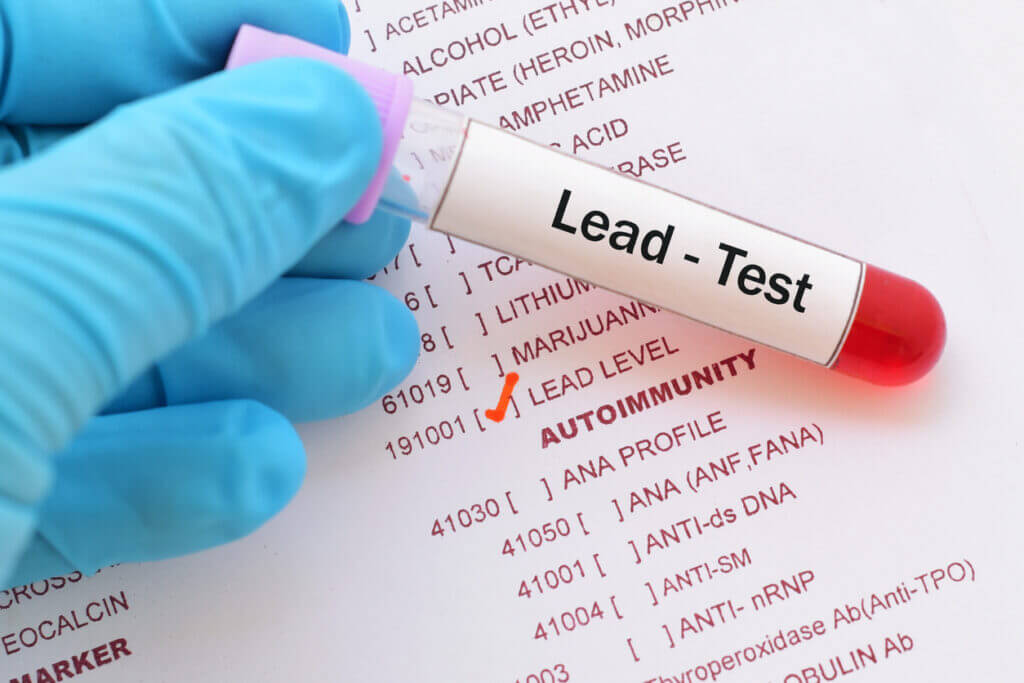It is never safe to consume lead, even at the lowest levels. Exposure to heavy metals like lead has been linked to a whole host of problems, especially for young children. Contamination is typically associated with older toys and paints found in older homes. These 13 common foods we eat probably contain lead.
Home-Grown Vegetables
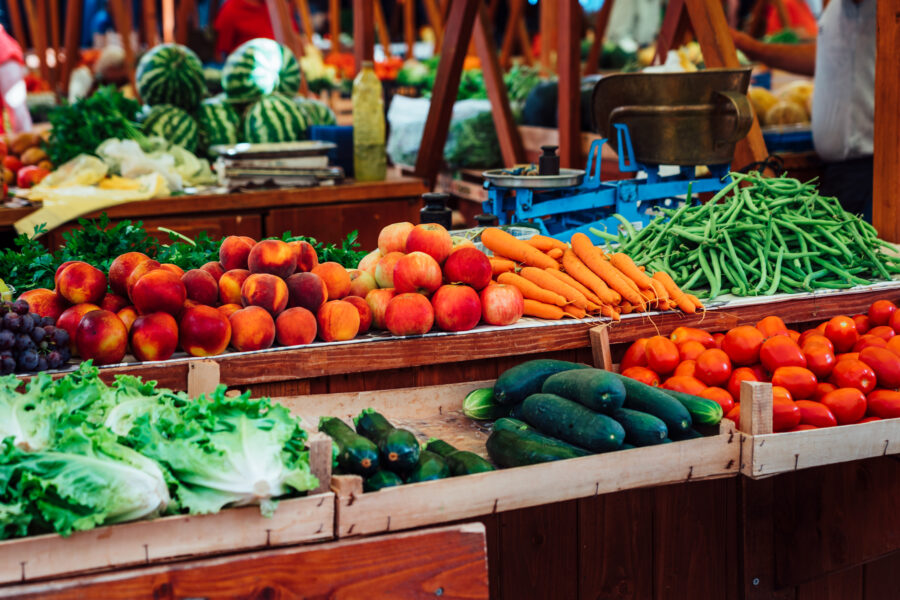
Soil could contaminate garden-fresh food. Even though growing your own food is typically a smart choice for your health, it isn’t a practice that is without risks.
Since vegetables and fruit can absorb lead from the soil they’re grown in, gardeners should be careful to have their plot tested. Just be careful while you do.
Homes near railways and older homes have the highest risk for high levels of lead in the soil, but testing for contamination is an easy and cheap process.
Baby Food
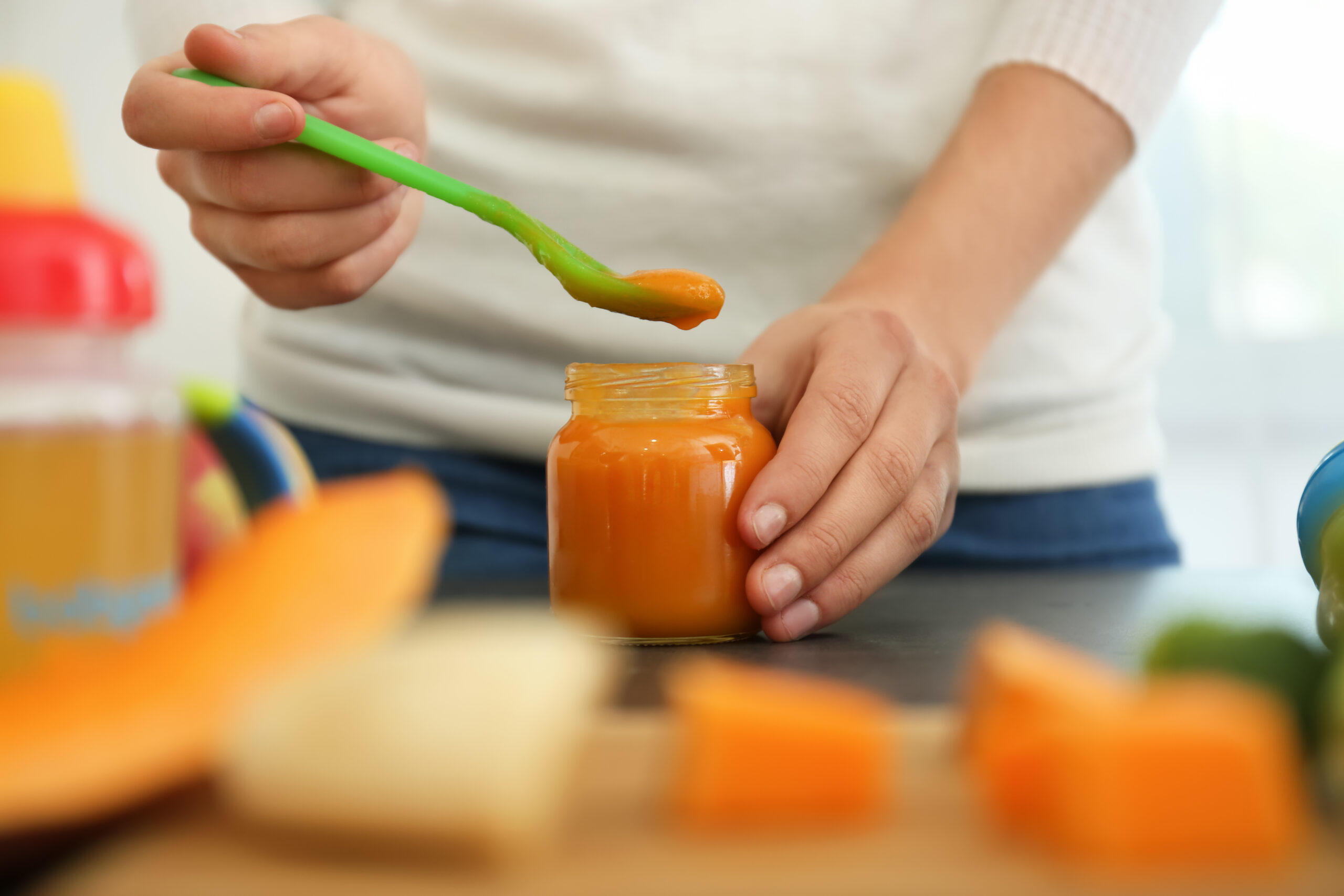
Parents want to give their children a strong start. In 2017, researchers discovered that lead was present in baby foods in much higher frequencies.
Specifically, 20 percent of the baby food sampled in the study contained lead. Additionally, eight of the kinds of baby food tested contained lead in 40% of the samples.
To avoid dangerous exposure to lead in children, the Environmental Defense Fund recommends contacting individual manufacturers to ask for documentation of lead testing.
Sweet Treats
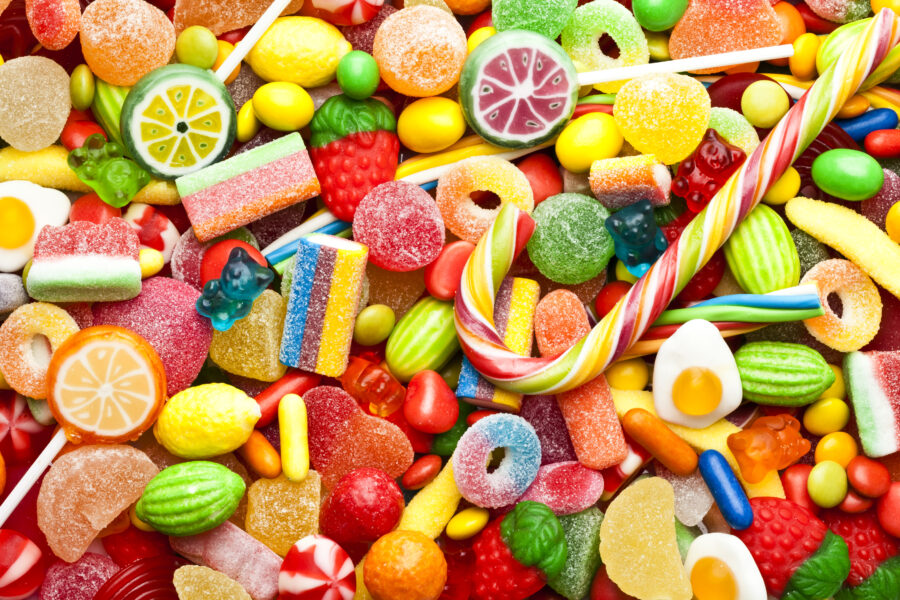
Your child’s favorite candy shouldn’t be a source of lead contamination. However, specific types of candies have been found to have unsafe heavy metal concentrations.
You should be especially careful with candies that are imported from countries that do not regulate food, since they may contain higher unregulated levels.
The FDA performs testing on a wide range of samples and asks manufacturers to comply with a specific set of practices to keep their products safe.
Chocolate and Cocoa Powder
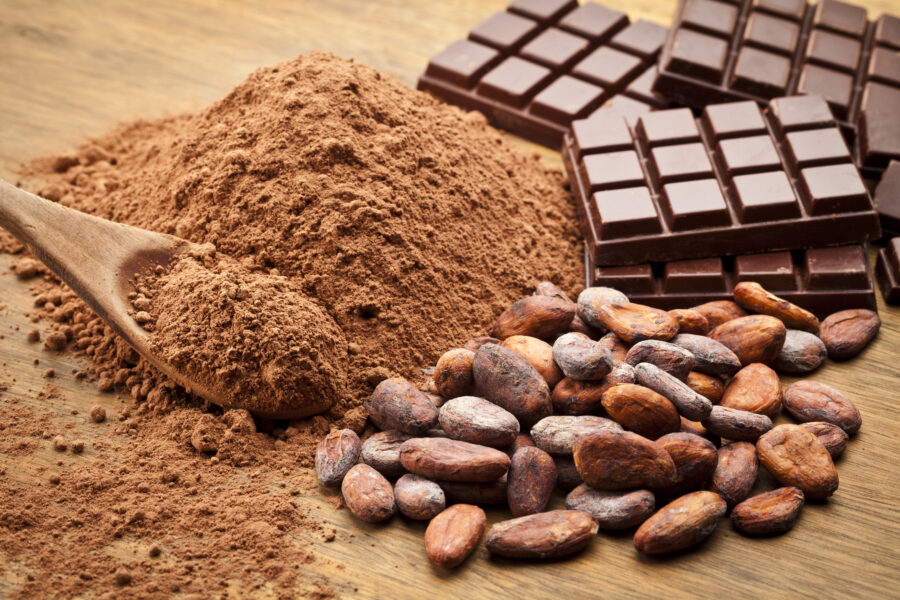
Cocoa content and location influenced how much lead and cadmium were present in chocolate. For chocolate lovers this is a somewhat problematic realization. I mean chocolate is best.
The Washington Post highlighted concerns about the lead content of chocolate when a non-profit began asking companies to better label their products with warnings about heavy metal content.
The worry is that Americans consume so much chocolate that it accumulates over time. You don’t have to deny your sweet tooth, but can choose brands found to be free of lead and cadmium.
Fruit Juice
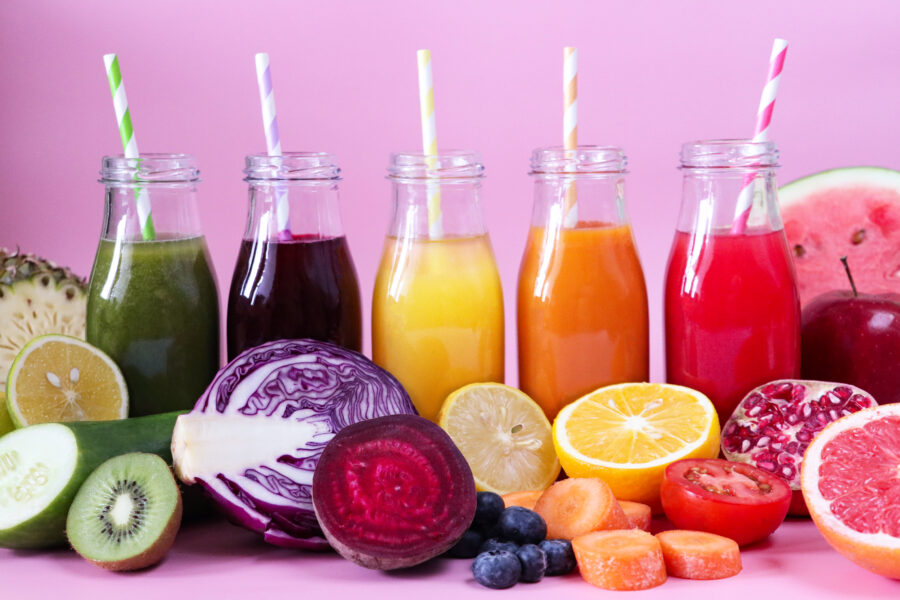
To avoid lead exposure, stick with water or purchase low-risk juices. In 2019, Consumer Reports published their findings after testing 45 of the most commonly purchased fruit juices for heavy metals.
They found that almost half of the juices they tested contained unsafe levels of cadmium, lead, mercury, and inorganic arsenic. But, what should parents do?
First, consider cutting back on fruit juice altogether since it is no longer considered to be a recommended part of the diets of young children, according to the American Academy of Pediatrics.
Organic Foods
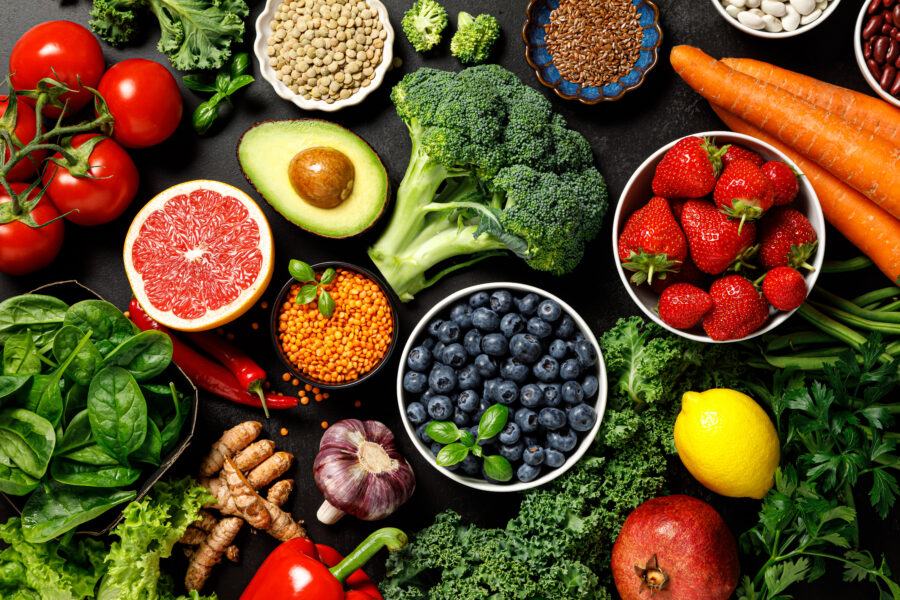
Buying organic doesn’t offer complete protection from lead contamination. Health-conscious parents may turn to organically grown foods, but that doesn’t mean that the foods they eat are risk-free.
The truth is that heavy metal contamination is just as common in organic baby foods as in conventional products. Some people may think organic is always better.
Consumer Reports suggests that parents cut back on packaged foods to keep their children safe, and to make sure their kid’s food has been tested by the companies they’re buying from.
Protein Powders
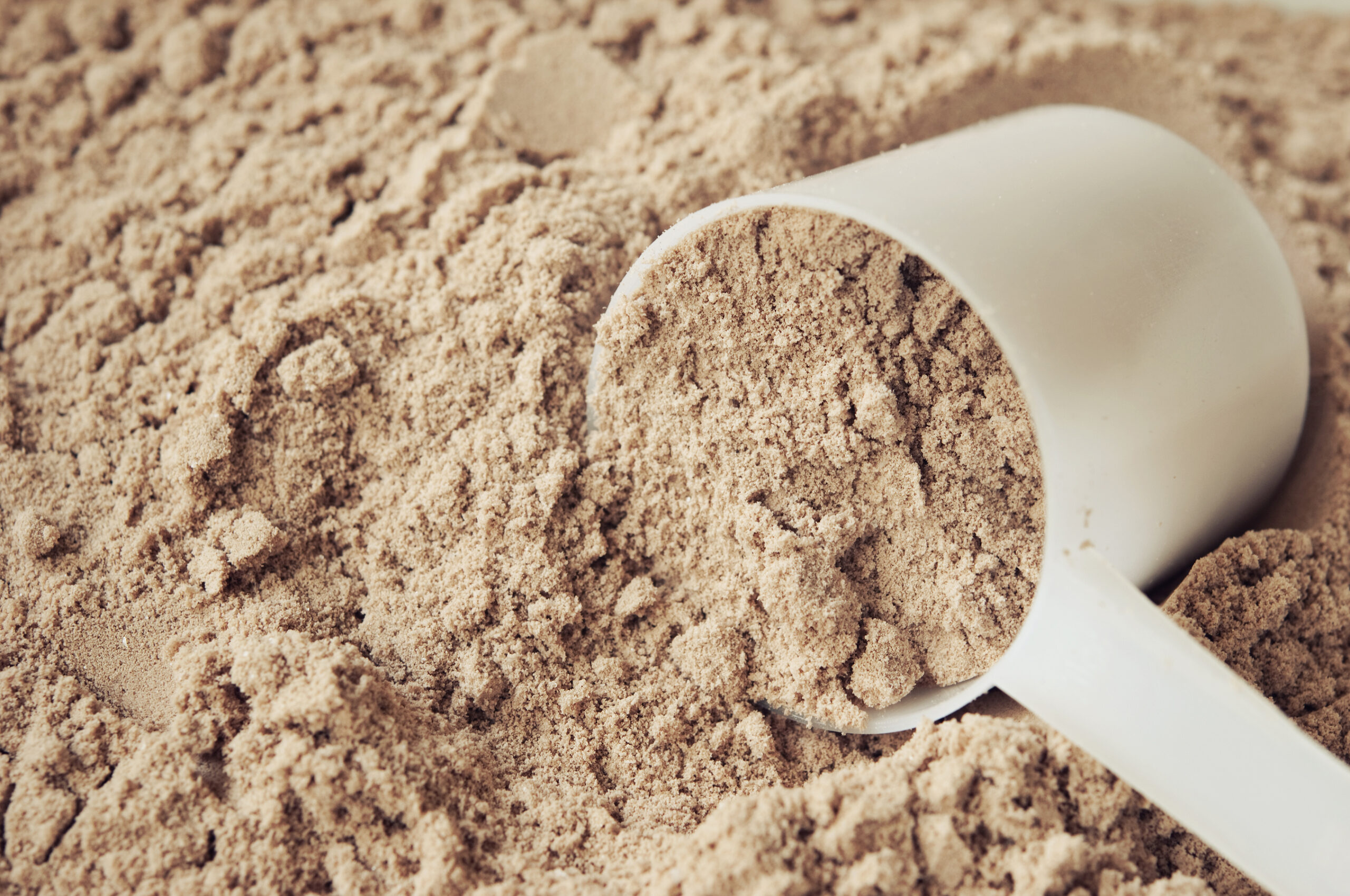
There’s nothing quite like an icy protein shake after hitting it hard at the gym, but you might want to think twice before relying on protein powders as a source of nutrition.
According to Consumer Reports, protein made from plants like peas and hemp have the highest lead concentration, which includes big name brands like Vega and Garden of Life.
Athletes might take offense to Consumer Reports’ advice, though, which is to stop worrying so much about protein intake since most American’s have more than enough in their diet.
Wild Game
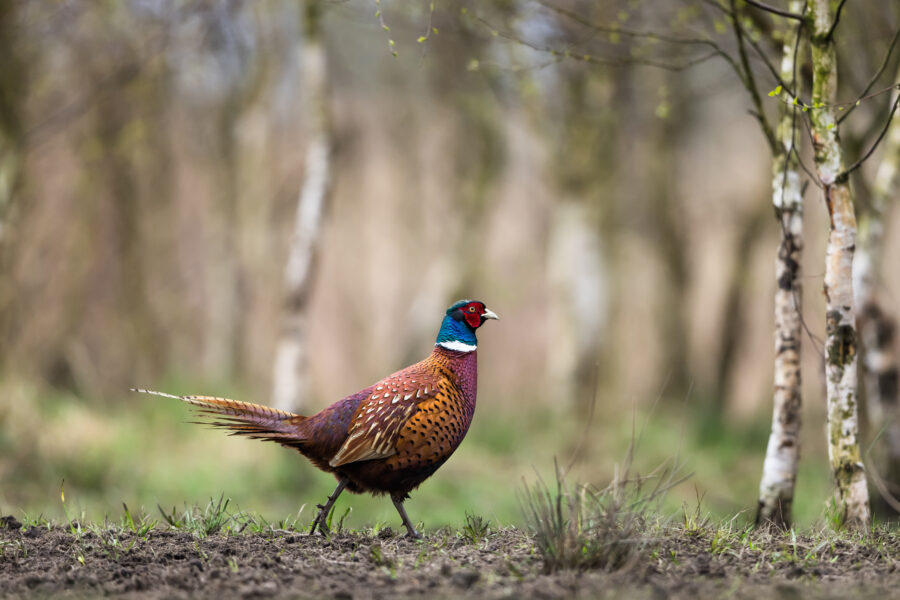
Hunters should take precautions before consuming the meat of wild game. There is a lot of different safety issues when it comes to eating your game.
When hunters use bullets containing lead to hunt wild game, like deer, they put themselves at risk for exposure to dangerous heavy metals.
The Minnesota Department of Natural Resources has tips for hunters to avoid consuming lead: avoiding shots in the meatiest parts, and choosing based on the lowest risk of lead fragments.
Spices
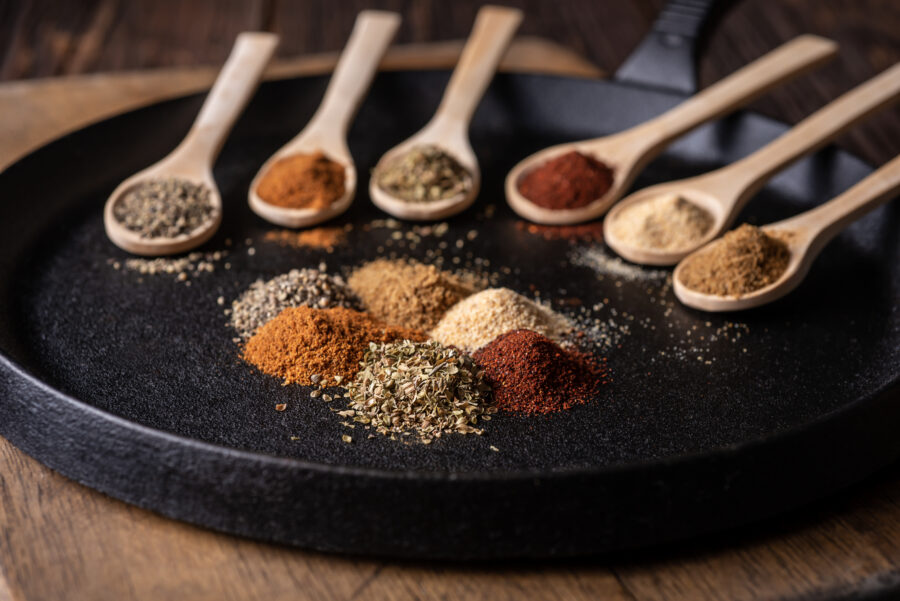
Where we buy our food could impact our health. In the United States, we have fairly tight regulations that make sure food gets tested before it is sold.
However, foods that are produced in unregulated countries could come with a high risk. Specifically, spices were found to have higher than recommended lead levels 30 percent of the time.
Many spices come from other countries, but being sold here in the states lowers risk because of regulation. The highest levels of lead were found in spices bought outside the US.
Leafy Greens
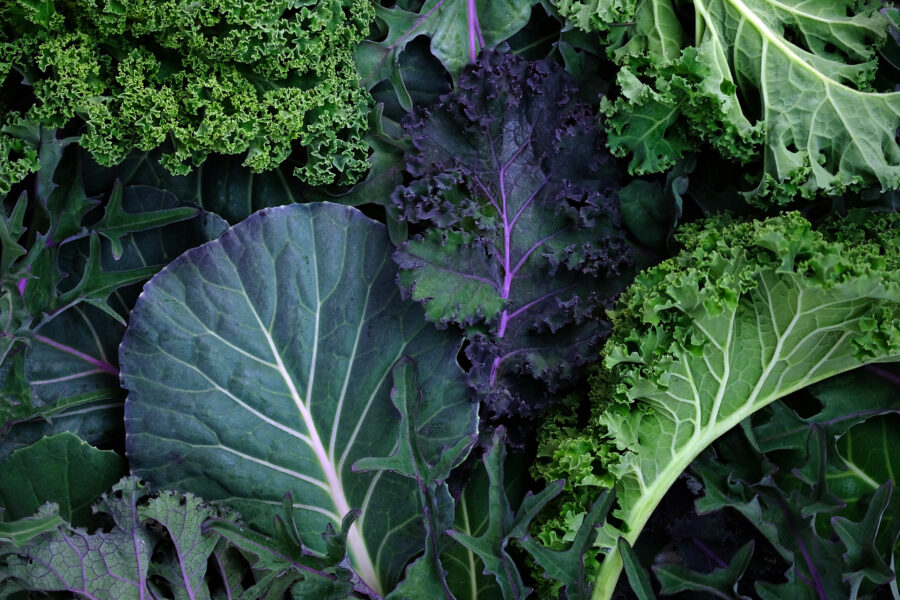
Vegetables like lettuce and spinach seem to absorb more lead than other vegetables. Lead is absorbed into the roots of vegetables.
It makes sense, then, that plants like leafy greens might have more lead since the consumable portion is in direct contact with the soil.
In 2013, Water, Air, Soil, & Pollution researchers found some interesting info and as a result suggested less soil contact as a means of controlling lead contamination.
Root Vegetables
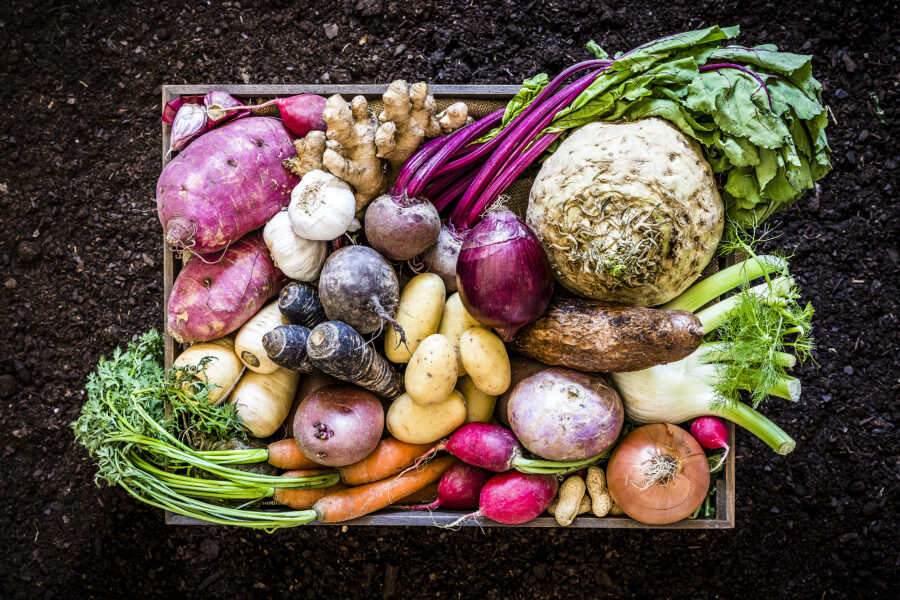
Since lead is absorbed in the roots, produce like sweet potatoes and carrots are most likely to contain higher levels of lead. It isn’t surprising to learn that root vegetables can be a source of lead.
It seems this risk is specifically associated with home gardens and untested soil, according to a lead contamination research study by the Soil Science Society of America.
Another great argument for getting the soil tested before beginning a garden in a new space! And being careful as always with the food that you eat! Wash it too!
Balsamic Vinegar
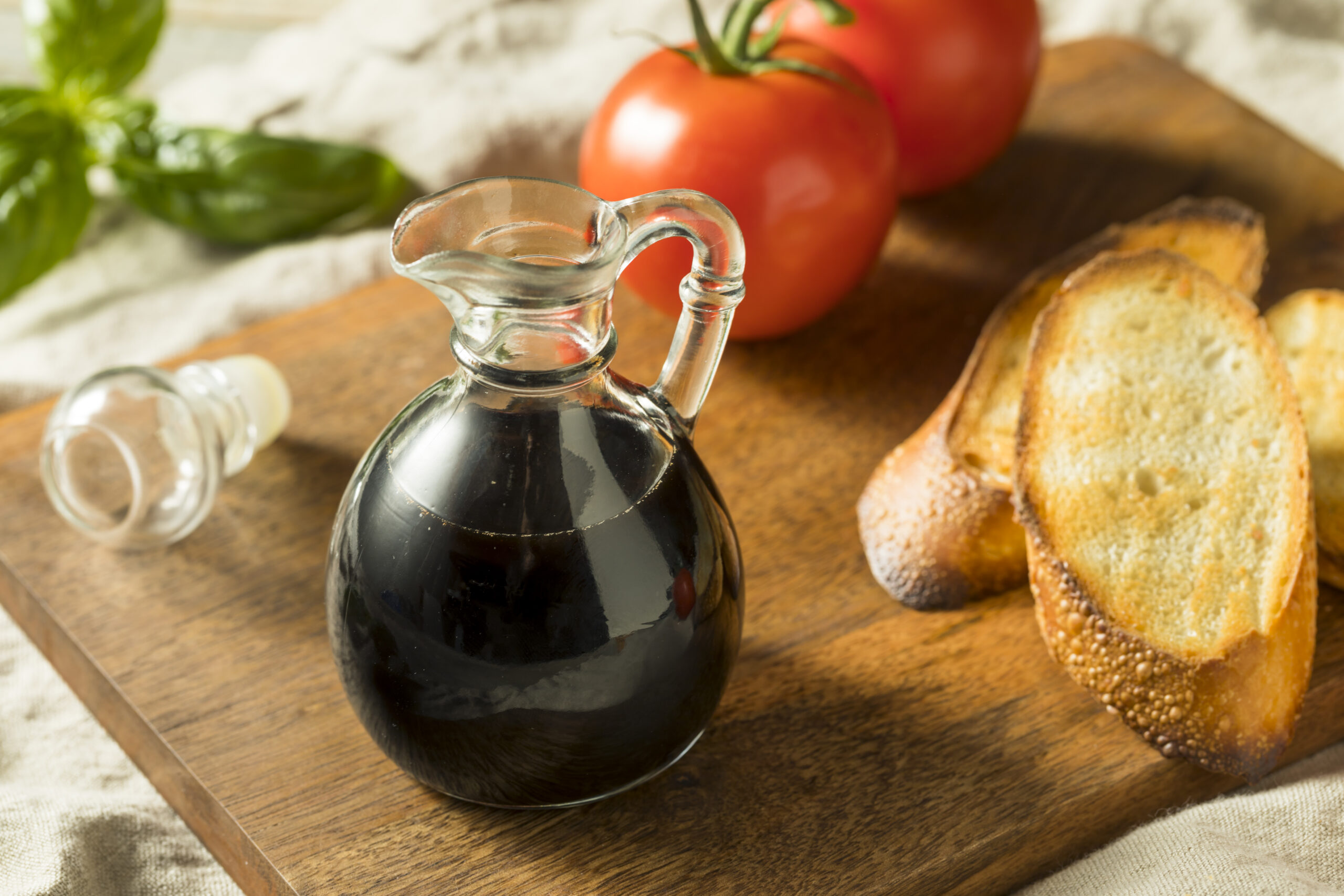
Older research found that some balsamic contains unsafe levels of lead, but no further data has been collected. It is unclear if balsamic vinegar is safe for consumption or not.
This is because leaders in the industry insisted that the lead levels present in their products were in line with other kinds of foods. And since then, a 2011 study confirmed these claims.
Researchers found that about half of balsamic vinegar had a lead content higher than what is legal in California and determined that manufacturing practices are largely to blame.
Water Supply

When the water system is contaminated, the water we drink might contain lead. Alright, so water might not be food, but it is definitely something we consume in large quantities.
It really matters when the water we drink contains toxins and heavy metals. When there are lead pipes or fixtures in a home, the risk for lead consumption is especially high, according to the EPA.
Take action to avoid unknowingly consuming large amounts of lead and putting your health at risk. Older homes should always be assessed for risk of lead exposure, including the plumbing.
More About The Water
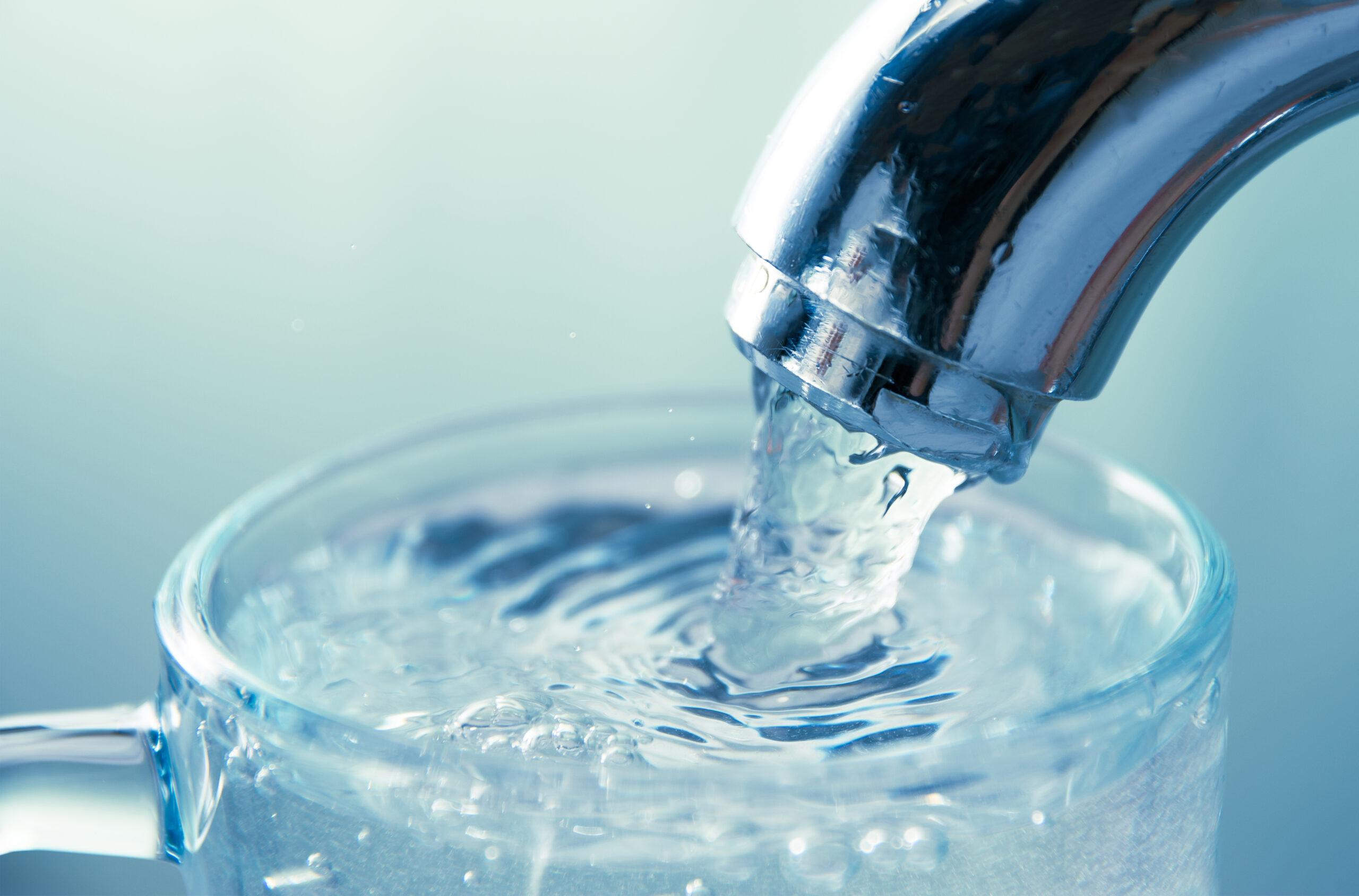
Tap water can be tested for heavy metals with an inexpensive test that can be purchased at hardware stores or on Amazon. Its super important to do so to make sure you are ingesting healthy water.
More detailed reports can be provided by labs approved by the Environmental Protection Agency, but these tests can be costly.
Protecting your health can feel overwhelming, but the right information can make navigating things like avoiding lead a little easier. What steps are you taking to avoid heavy metals in your food and drinks?
Canned Goods
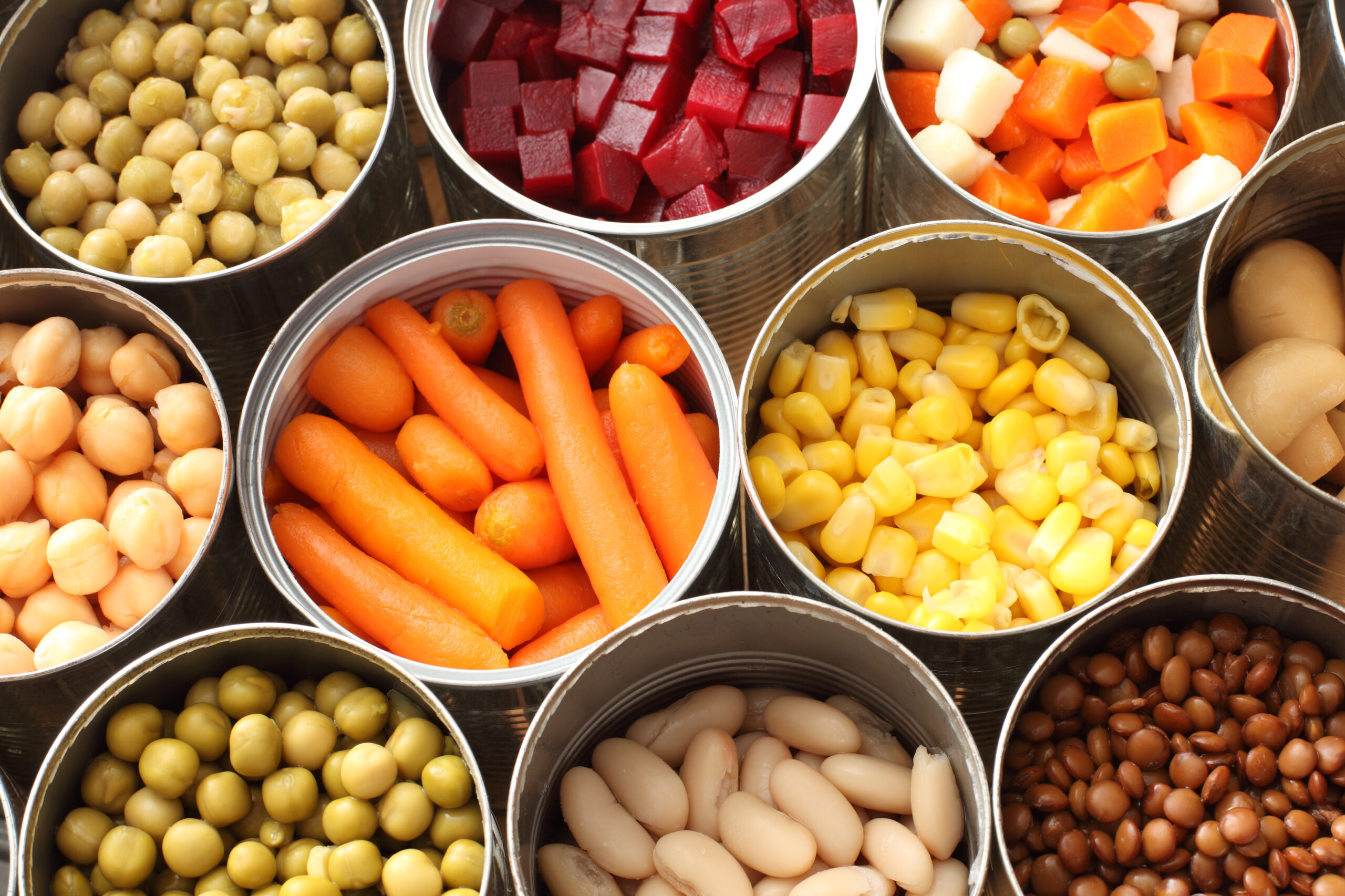
Canned goods, as you can assume are a big possible holder of lead. This is obviously due to the fact that canned goods are canned goods.
You have to consider also that a lot of canned goods stay in cans for long periods of time. This leaves longer possibility for lead contamination.
Its a good idea, to soak them in water before you cook them. This will give greater assurance that the food you are getting from that can is as safe to eat as possible!
Processed Meats
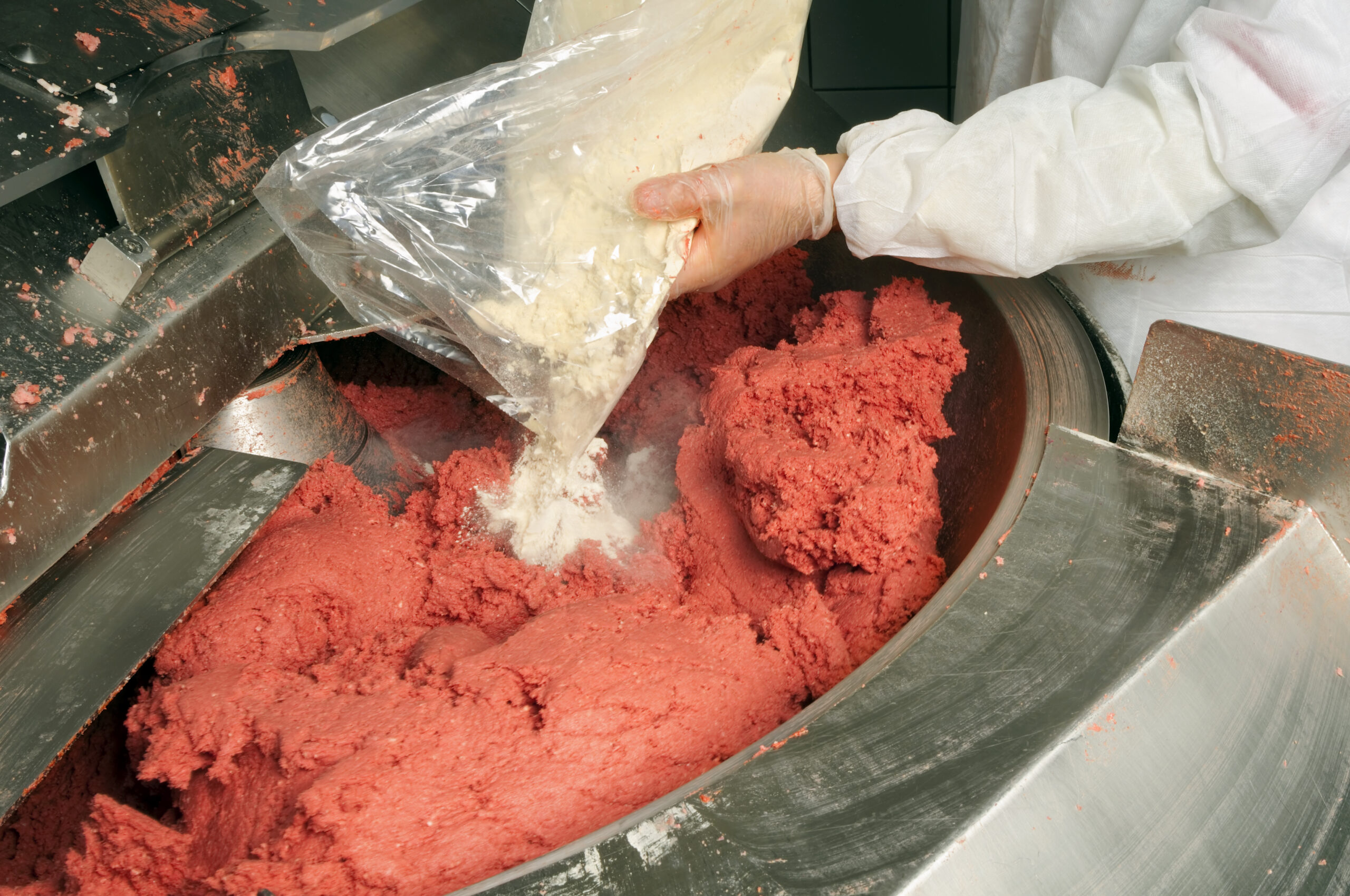
Processed meats are made in factories, therefore its directly in contact with a bunch of different machines that could easily provide lead exposure.
its another reason to maybe consider staying away from processed meats. Lead is a major one when it comes to processed meats. So please be careful!
Yes its tough when so many delicious restaurants use processed meats. So maybe just don’t be in the habit of eating it often. That way you aren’t eating it too much.
Rice
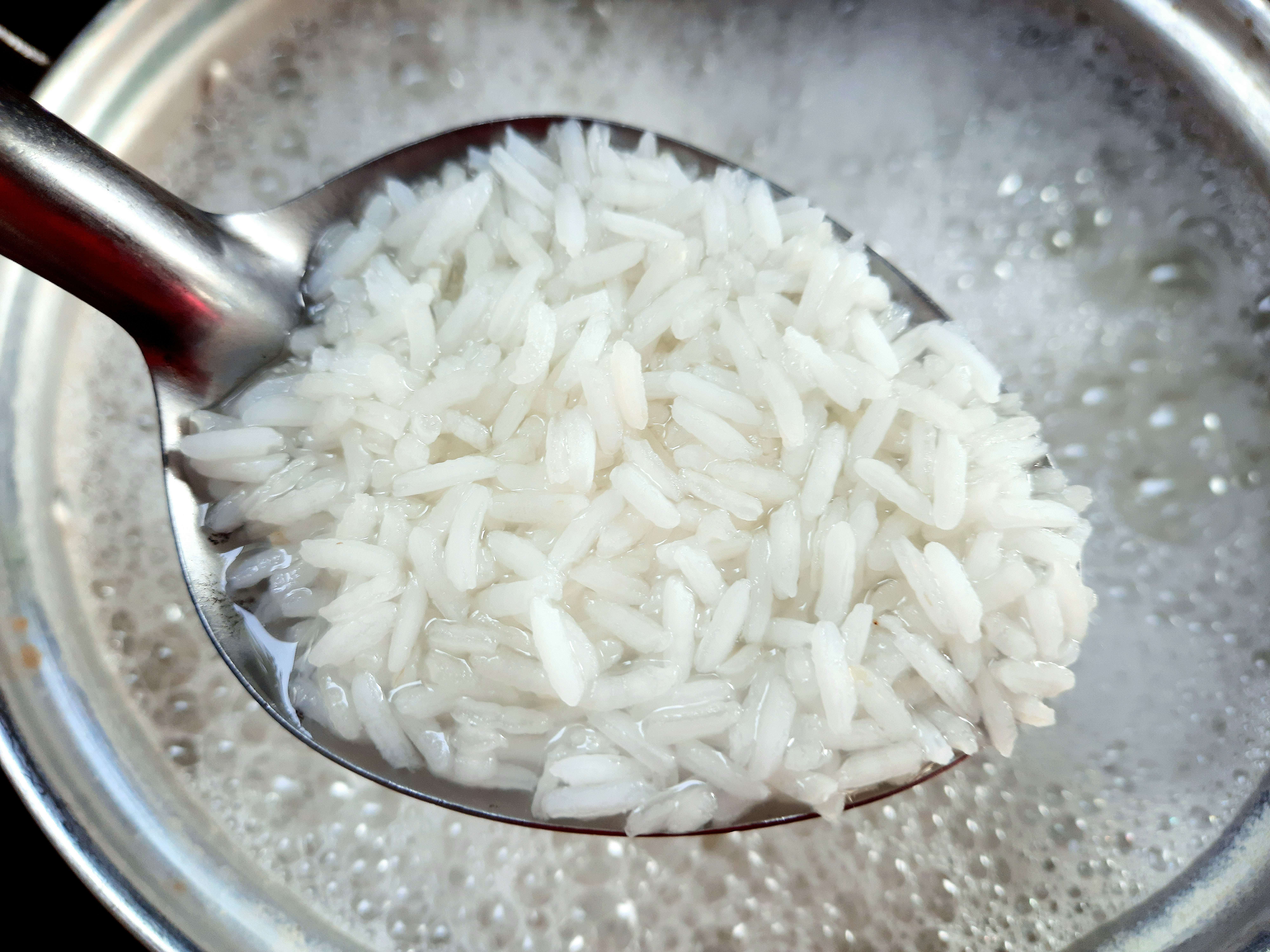
Well to put it simply, eating food that comes from crops grown in possibly contaminated soil is an easy way to consume lead.
Especially boxed or bagged rice, its origins may be from a specially monitored soil, one which has contamination in it.
This usually isn’t a major concern, but it is something to consider. Rice however is always tasty and worth the risk!
Wine
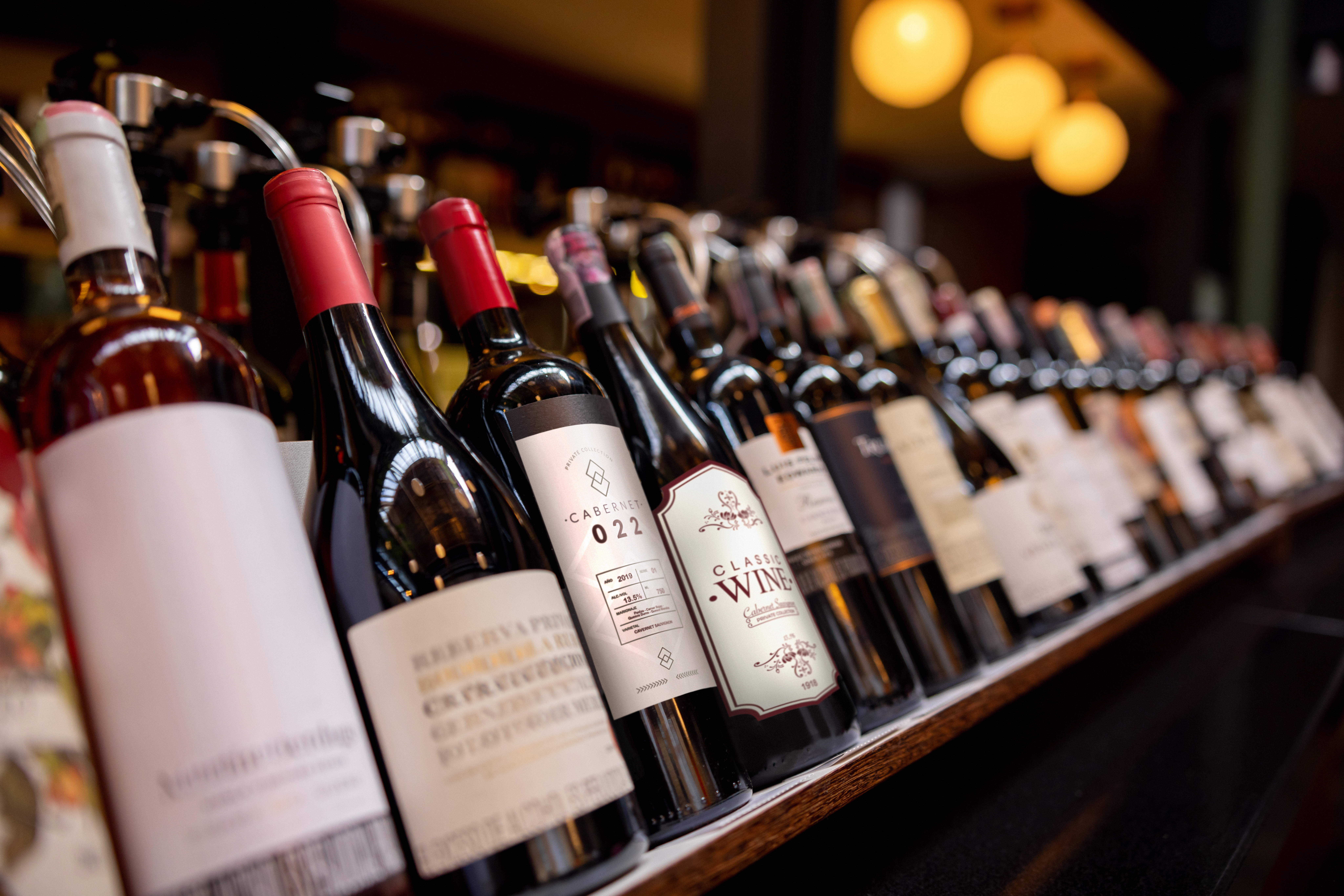
There are many possible reasons for lead to be found in wine. Mainly it has to do with the bottling and caps.
The capsules that cover the bottle neck as well contain a similar risk. Its important to note this when drinking wine.
It is a big reason why wine-experts will smell and sample a bottle before deciding to purchase and consume.
Beer
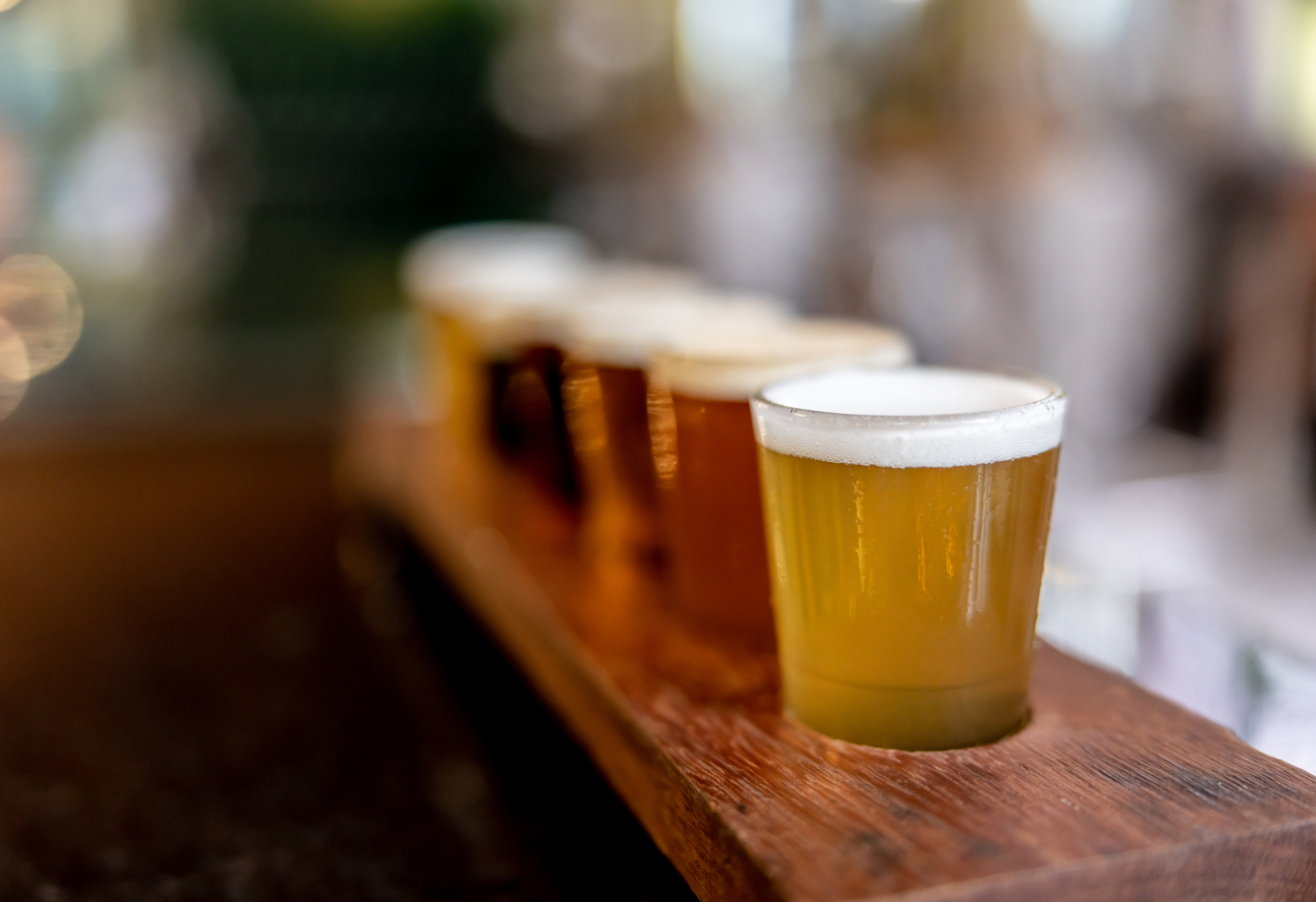
Contaminated soil or water were the grains grow for beer could cause the drink to have some contamination in it.
Glassware also can be contaminated with lead and different types of metal, but it really does come mainly from the grains.
That being said, it shouldn’t hold you back from drinking beer. Its a delicious beverage when consumed in moderation.
Eggs
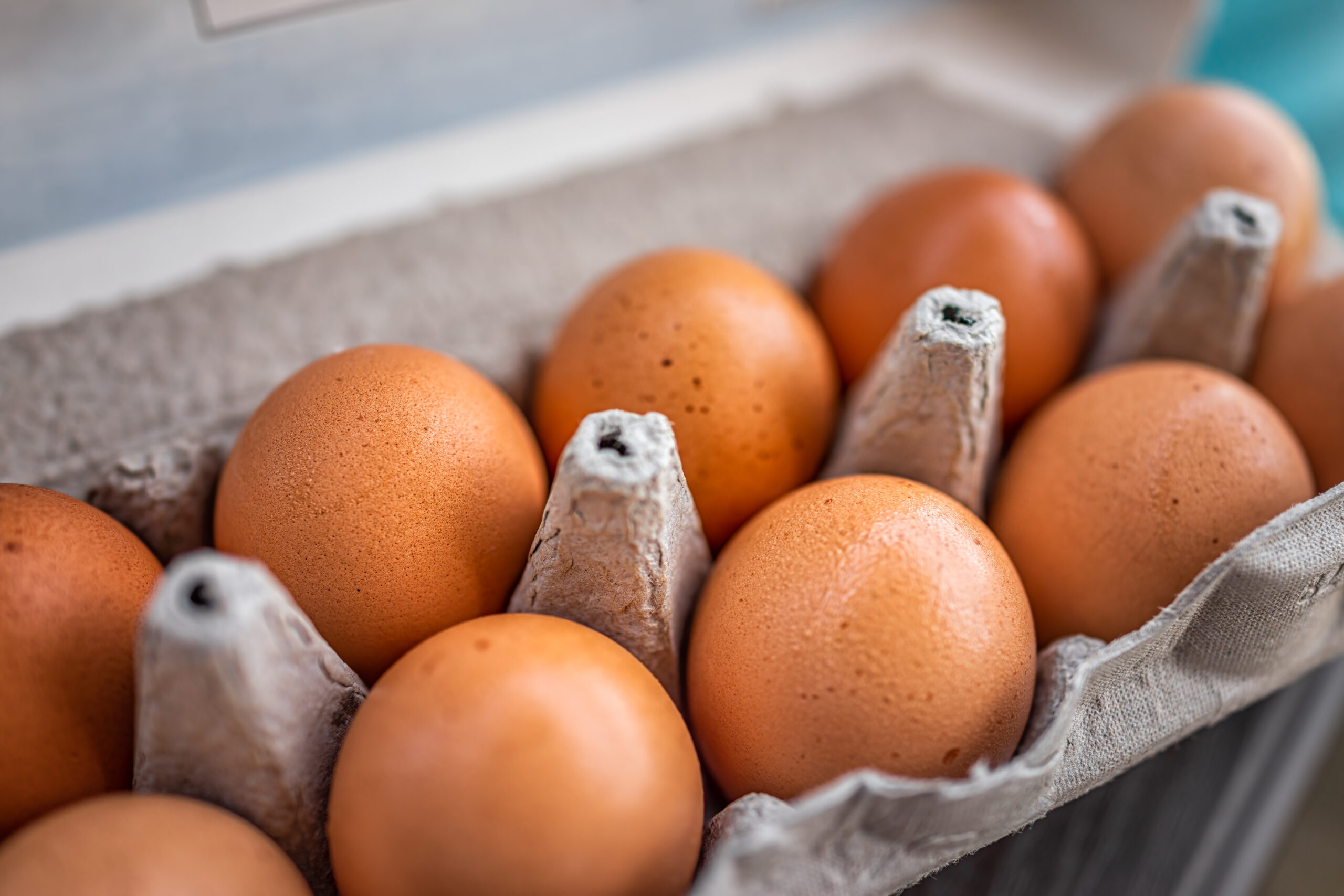
For eggs its pretty straight forward, the way that hens scratch their food and dirt, its easy for them to consume small amounts of lead.
Eggs are not a big area of concern when it comes to lead poisoning but you definitely want to at least consider where you get your eggs from.
Eggs are a fantastic choice for breakfast but you can also have them for lunch and even dinner! Eggs are the best.
Potato Chips
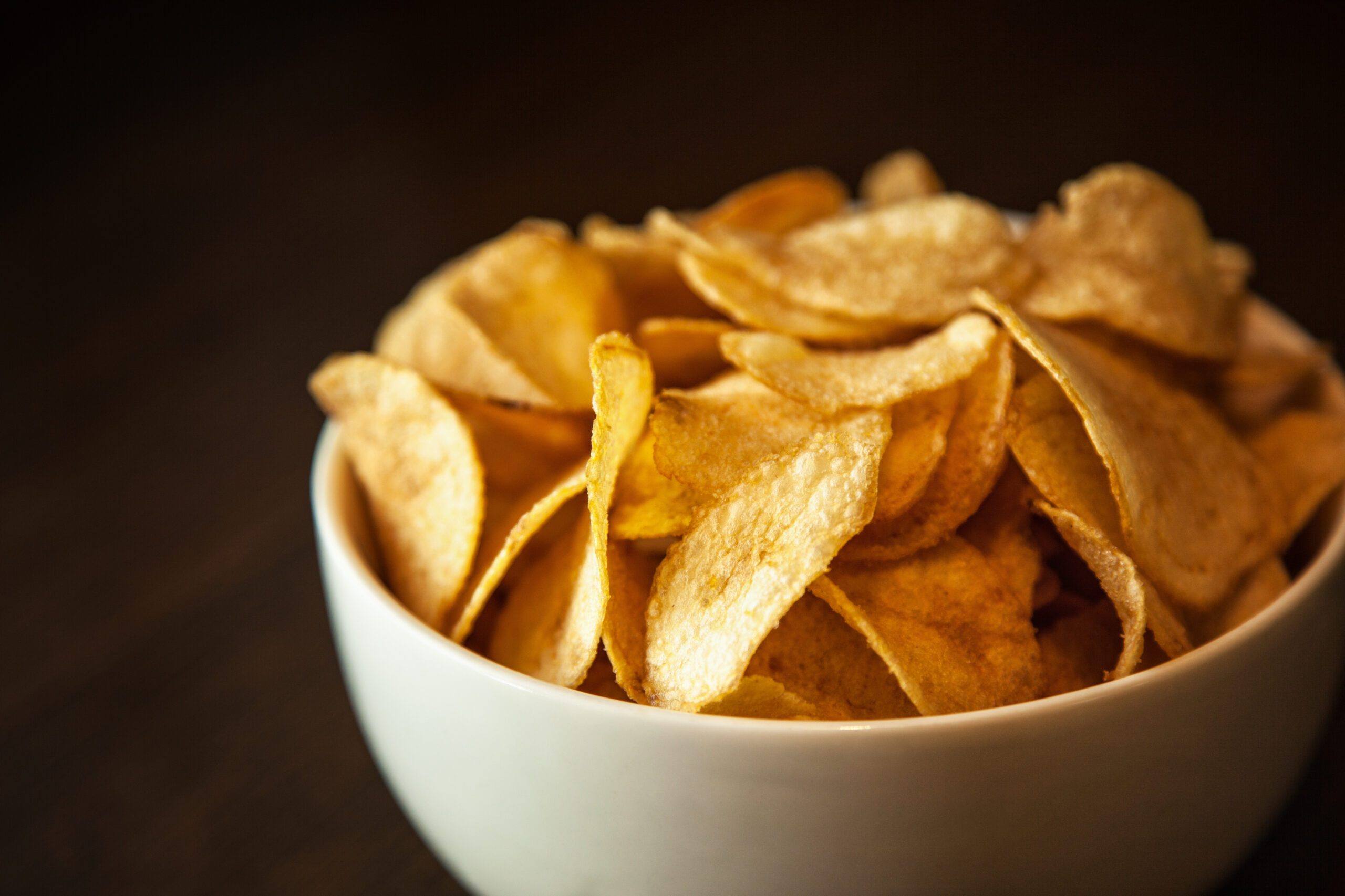
For chips, it’s trace amounts and usually a result of a chemical reaction from cooking at too high of a temperature. Its not a food to have much lead-concern for.
That being said, its always good to check ingredients but also to get as much information on what exactly it is you are eating.
Bad batches of food can be made, even by big chains like this. That is why we always recommend checking ingredients before indulging.
Ketchup
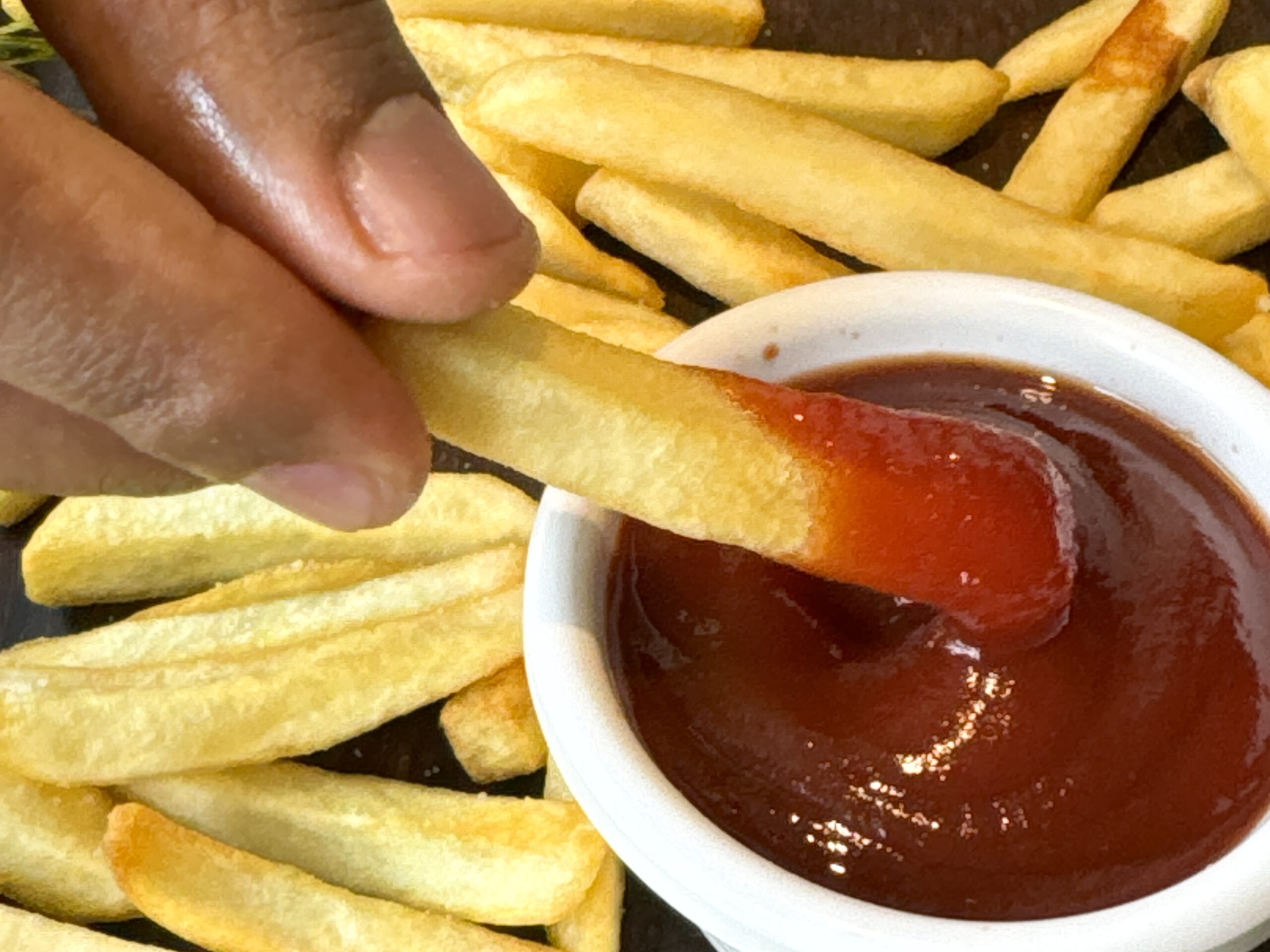
For ketchup, the trace amounts of lead that can be found typically have more to do with the vinegar in the ketchup itself.
Ketchup is easily one of the best condiments made on earth, but you always want to be mindful.
There is always a risk of lead consumption with so many foods. So be sure to check your nutrition labels!
Cereal
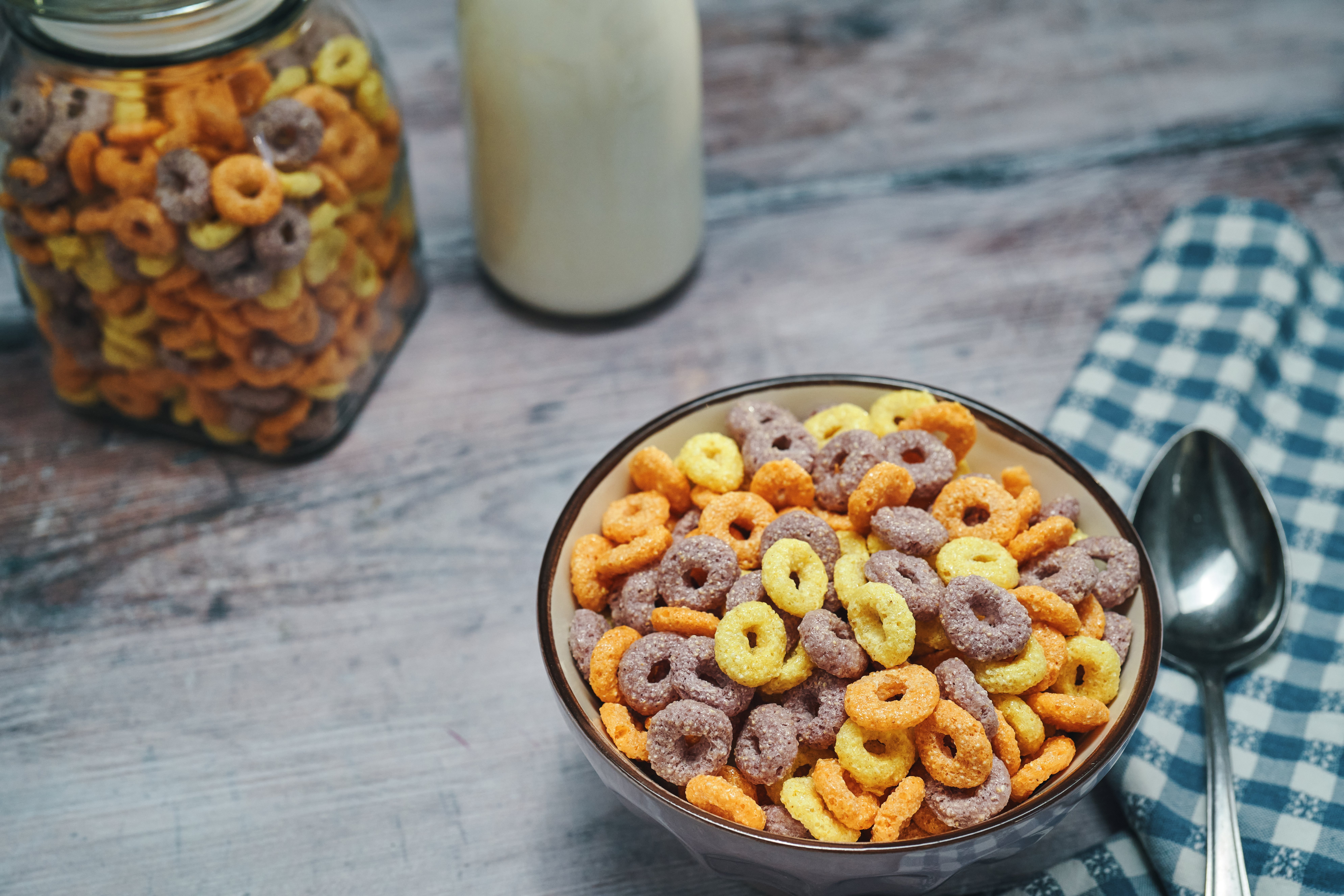
Once again, soil can be looked at as the culprit of possible lead contamination in cereal. Its not something to be super nervous about though.
Cereal is the best option for breakfast. There are so many different kinds and you can always switch it up with different milks too.
Be sure to check the nutrition labels and if something tastes off maybe be cautious, but don’t worry too much about lead in your cereal-look for the prize!
Coffee
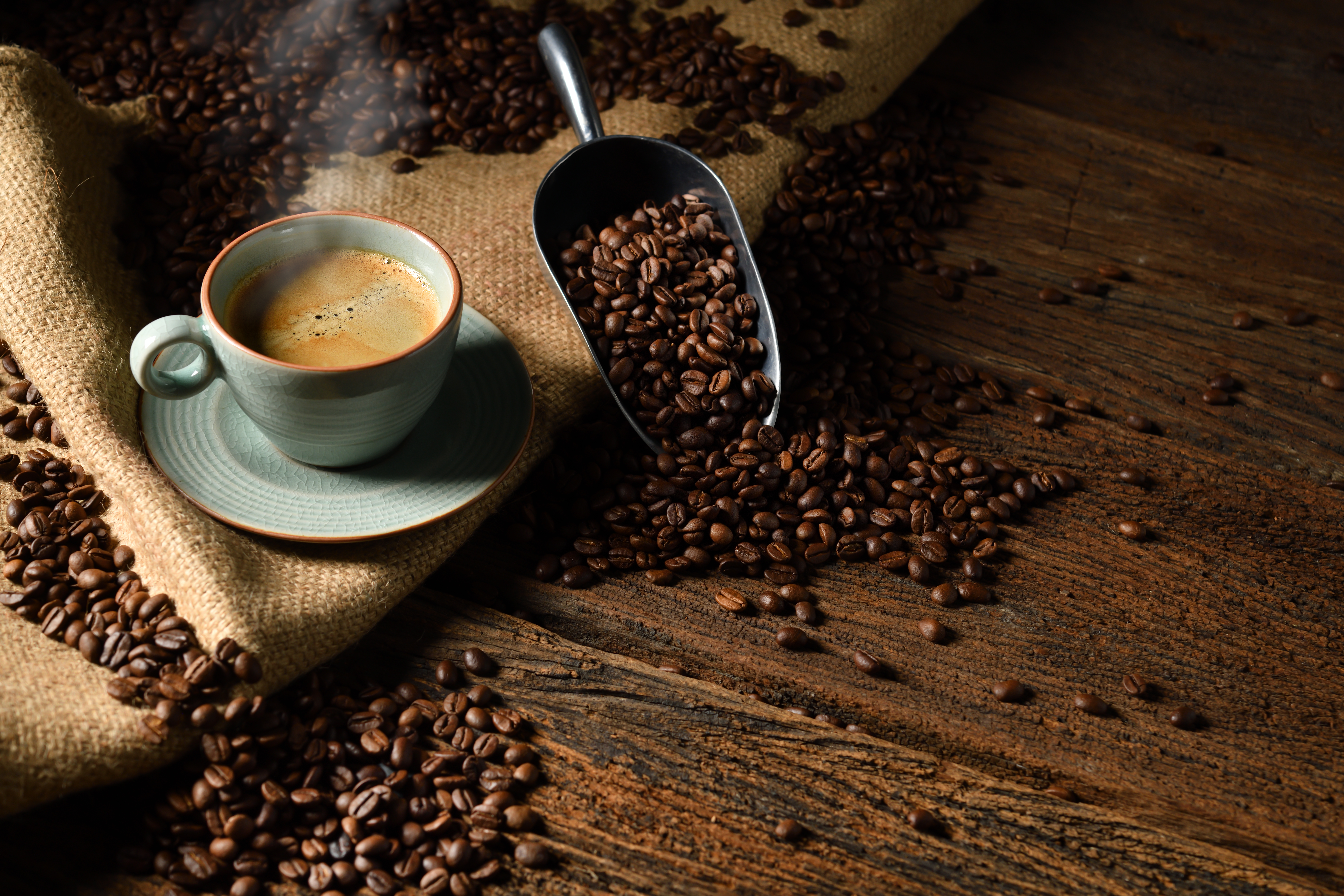
Lead in coffee could be the result of the water that the coffee originates from. Extracting from the bean itself also can be a factor.
Another huge contributor is the metal components from the coffee makers themselves. This can easily contribute to the possibility of lead contamination.
Nevertheless, if you clean your machine regularly, there should be no issue with the possibility of lead contamination.
Tea
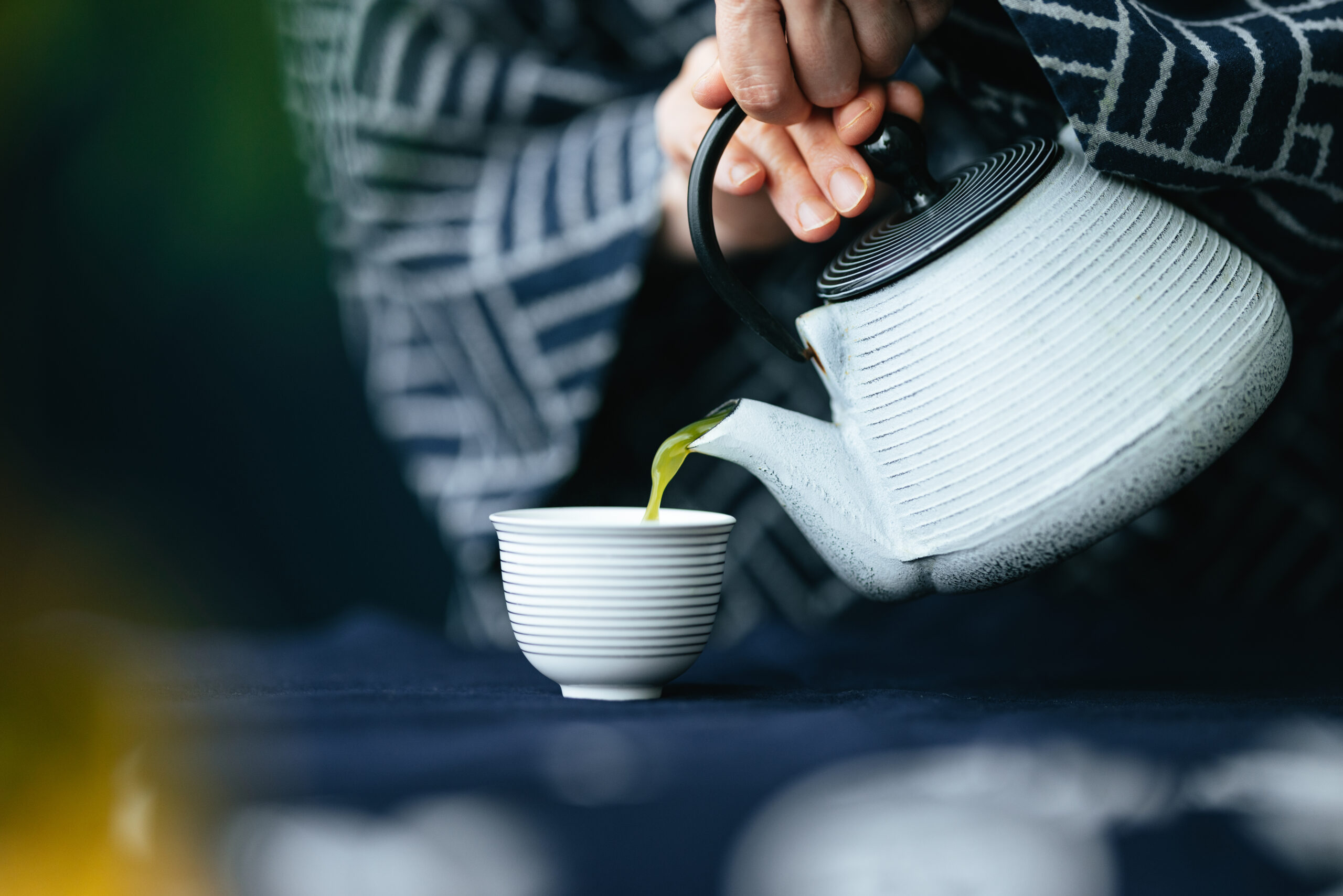
Tea is another source of possible lead exposure. This is due to the tea itself and where it grows from.
The soil can contain lead, but usually it’s very well-managed. You usually do not need to worry about lead in tea.
Many people prefer coffee but to some tea is just more of the natural option and is often more beneficial towards your health.
Shellfish
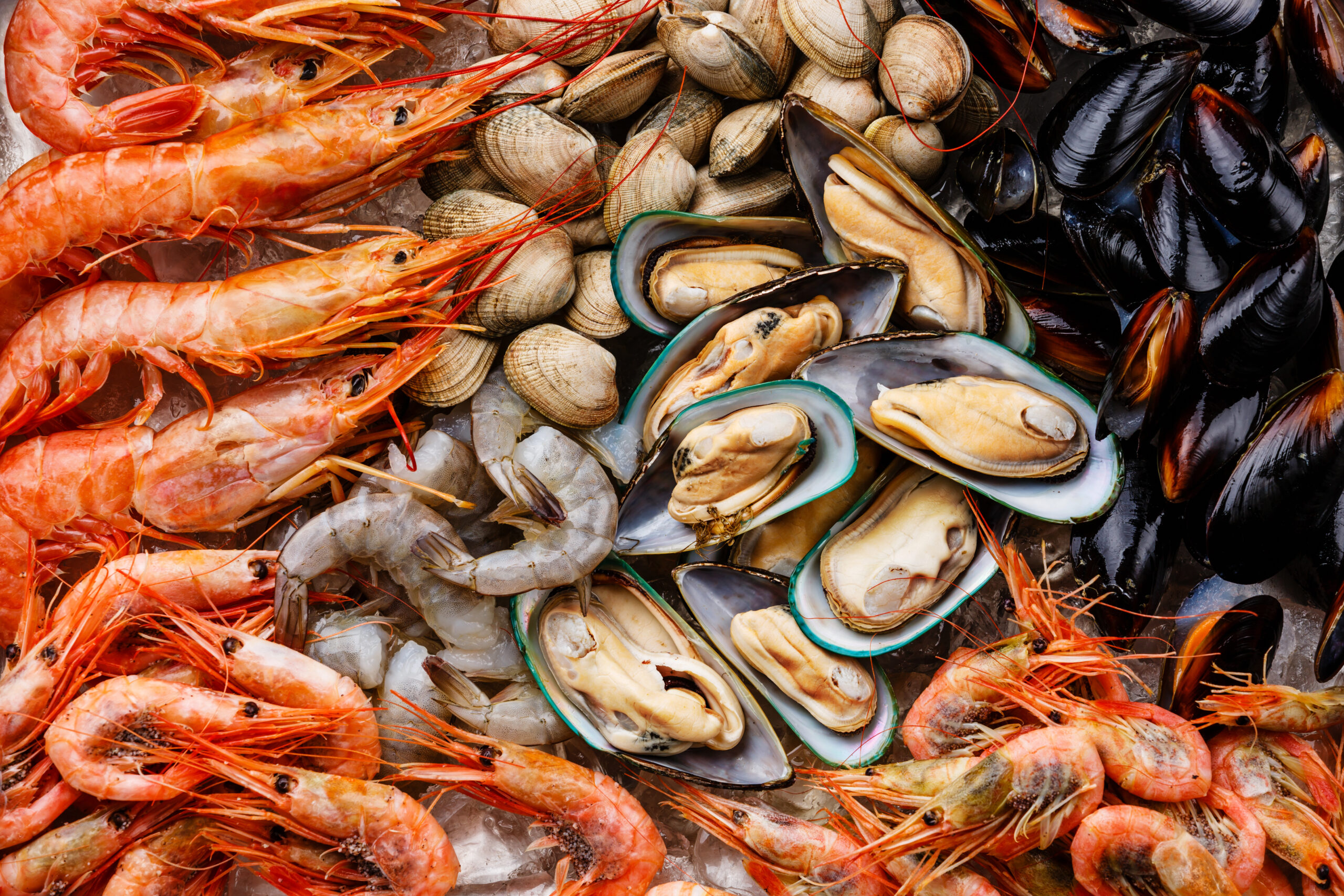
So this is interesting-during the rainy seasons its way more likely that shellfish will continue lead.
The reasoning or this is because there is frequently runoff of heavy metals after large amounts of rain.
Shellfish is fantastic and a great dinner or lunch option. There is not too much of a reason to have concern for possibility of over-exposure to lead.
Pasta
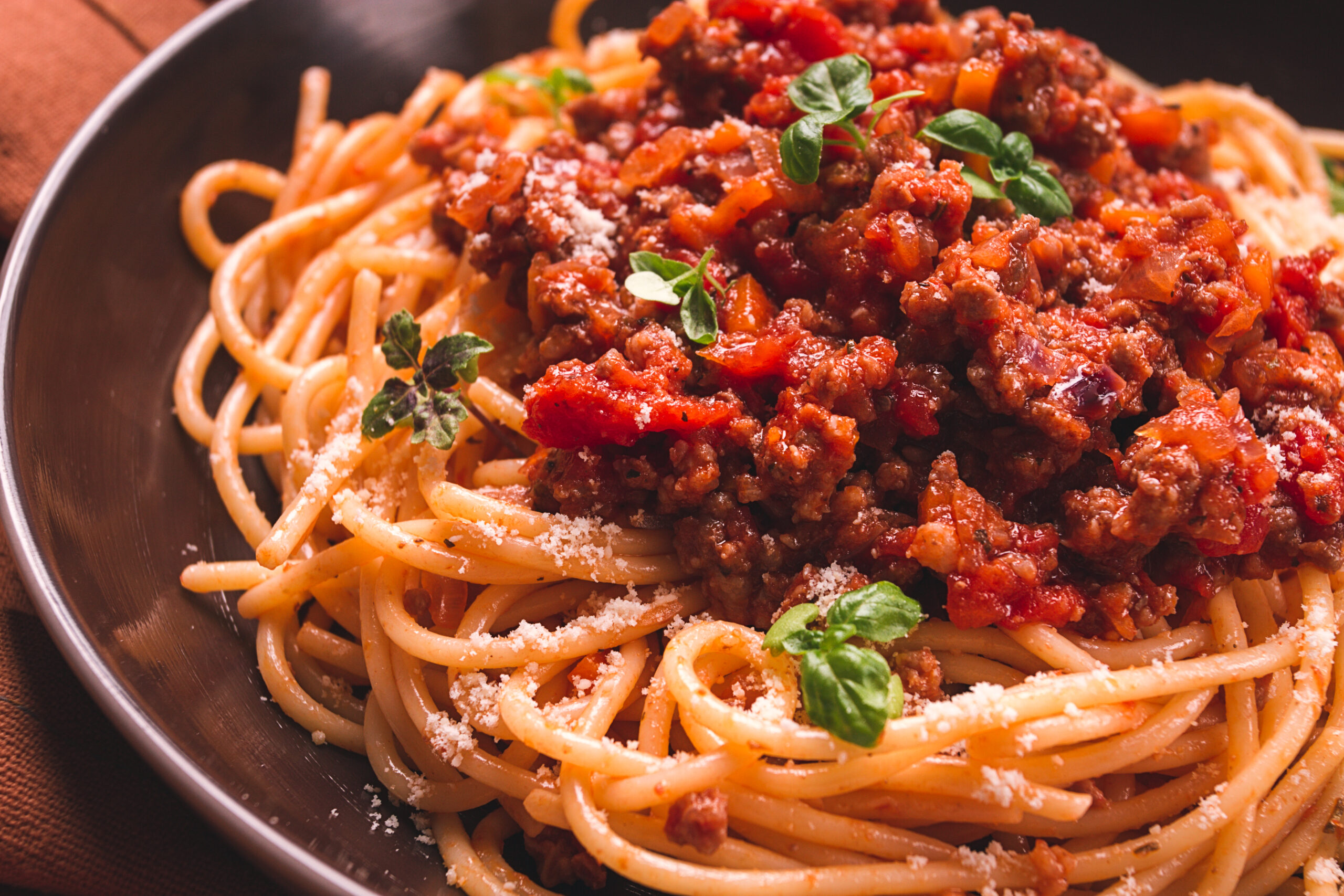
Pasta can contain lead because of the soil where the grains come from. This is not a major concern however.
There is lots to love about pasta. Its such a versatile dish! And like we just mentioned, not too much concern needed for lead consumption.
Pasta is a fantastic option for dates, and you can always use the Sopranos as reference for a recipe idea.
Soy Products
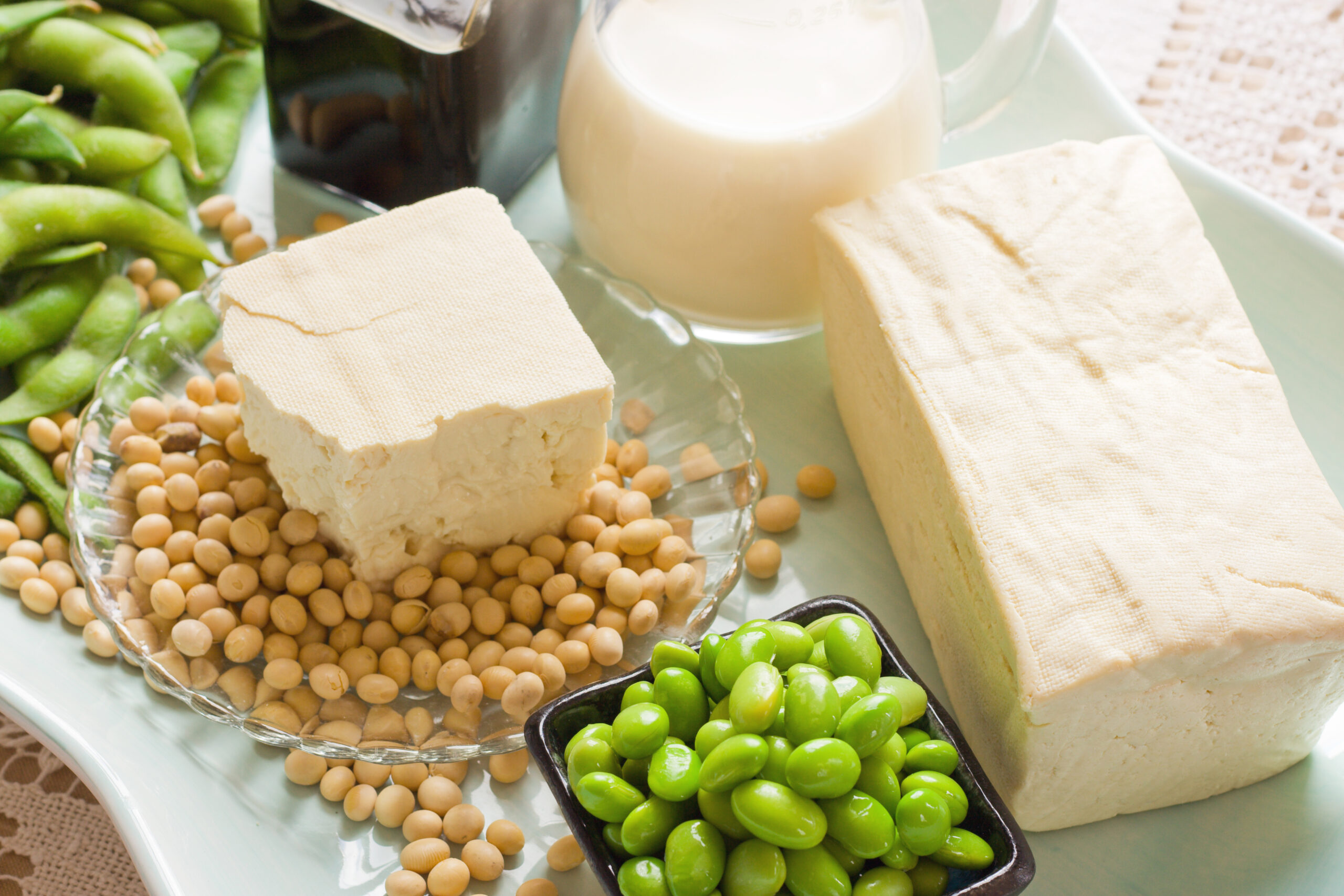
Soy products contain crops grown in soil. Anytime soil is part of the equation, you’re presenting a lead contamination risk.
The risk may be small since the soil is generally incredibly regulated but there can always be occasions you don’t expect.
Overall you do not need to consider this too much of a concern, thankfully there are lots of regulations to keep lead exposure minimal.
Nuts
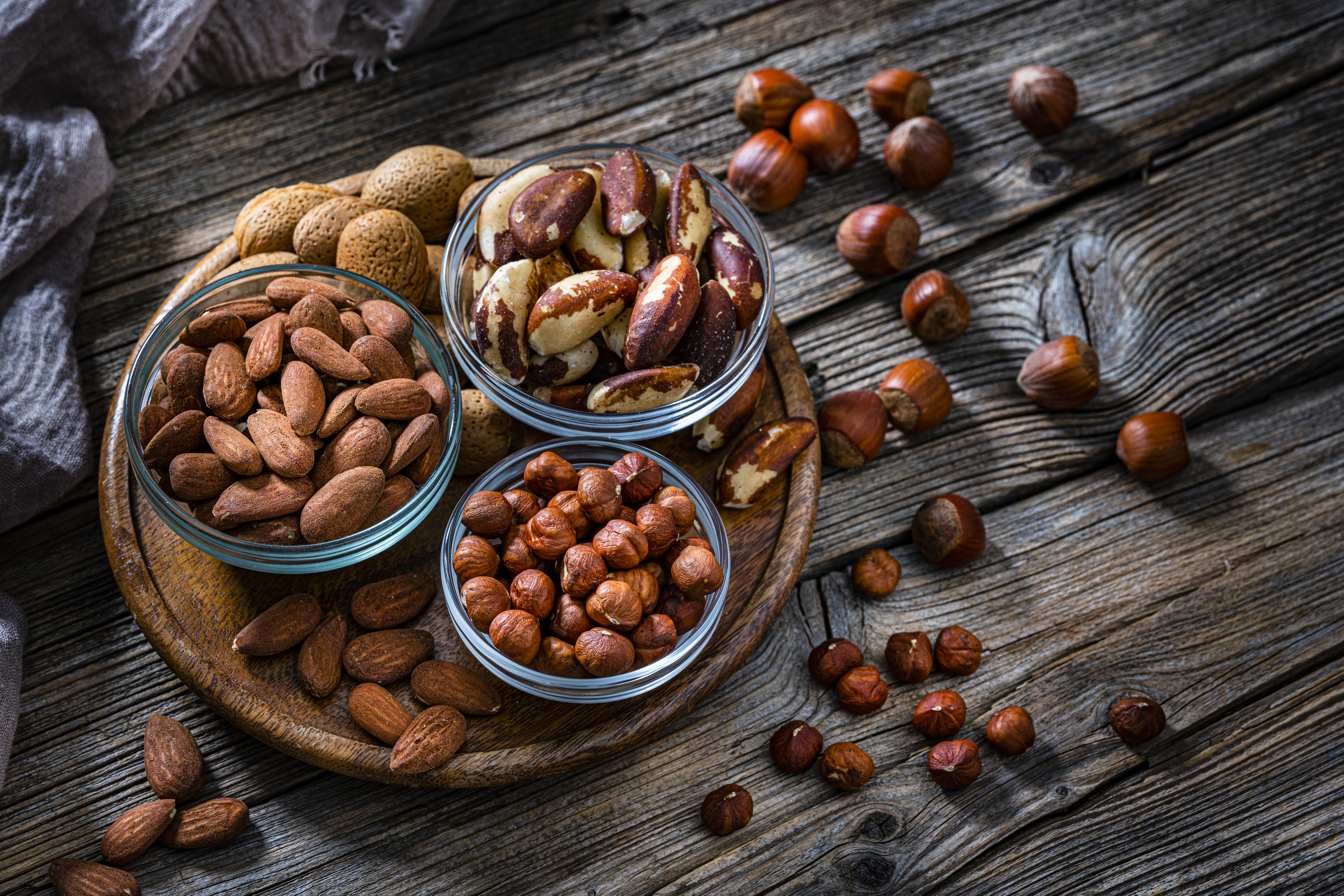
Food processing and food packaging both have a tendency to be possible culprits for lead contamination.
Considering most of the tie nuts go through processing and then are packaged, there’s lots of room for the possibility of this.
However, there really is no need for concern. These kinds of things are tested and usually nuts are safe to eat!
Honey

Much of the time, equipment containing lead is used in order to extract honey. Its somewhat unavoidable.
That being said, honey is not meant to be a major source of concern for lead consumption.
Make sure to use honey on everything. It makes everything taste better. Honey is also filled with different health benefits!





